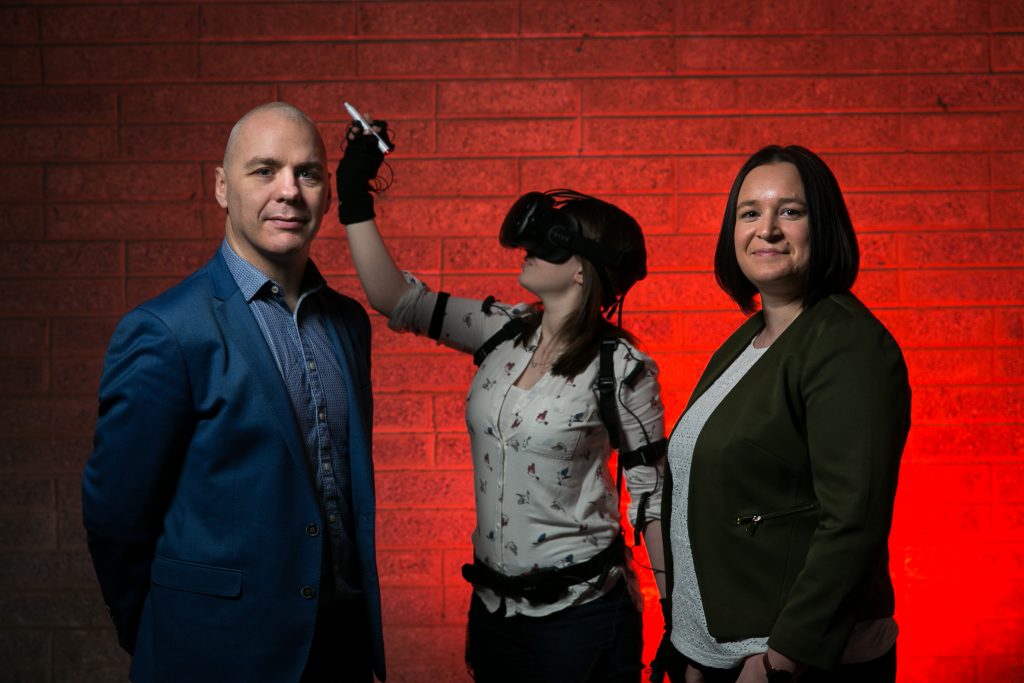At first, the coronavirus was another kick in the teeth for Immersive VR Education (VRE:LN), the Waterford-based virtual reality company. VRE had floated on Aim, London’s mini stock market for fledgeling companies, in March 2018. The stock got off to a good start. But revenue was slow coming in, and Aim’s notoriously flighty investors lost interest. In the 20 months following May 2018, the stock fell by more than 80 per cent. By the beginning of February this year, its market cap had shrunk to just £12m. It was sliding into the danger zone from which many Aim companies struggle…
Cancel at any time. Are you already a member? Log in here.
Want to read the full story?
Unlock this article – and everything else on The Currency – with an annual membership and receive a free Samsonite Upscape suitcase, retailing at €235, delivered to your door.

